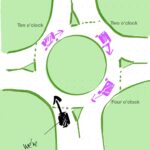In South Australia, understanding the correct use of painted islands (also known as painted medians) is crucial for safe driving, especially when making left turns. These road markings are designed to improve traffic flow and safety, and specific rules govern their use.
What Are Painted Islands?
Painted islands are sections of the road marked with painted lines, often surrounded by a single continuous line. They are typically found near intersections or turning lanes to separate traffic streams and reduce collision risks. The South Australian Department for Infrastructure and Transport (DIT) has implemented these as part of traffic management strategies.
Rules for Driving on Painted Islands
According to the Australian Road Rules, particularly Rule 138, drivers must not drive on or over a single continuous line or two parallel continuous lines surrounding a painted island, except in specific circumstances:
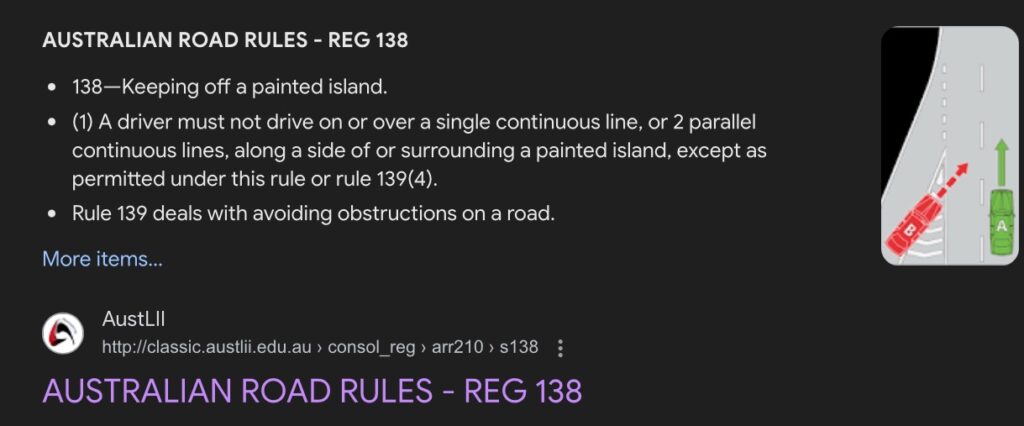
1. Permitted Distance: A driver may drive on or over the painted island for up to 50 meters when:
• Entering or leaving the road.
• Entering a turning lane that begins immediately after the painted island.
• Moving from one part of the road to another (e.g., accessing a service road).
• Parking in angle parking on the opposite side of the road, provided no U-turn is required.
2. Giving Way: When entering a turning lane from a painted island, drivers must give way to any vehicle already in the turning lane or entering it from an adjacent lane.
3. Obstructions: Driving on a painted island is permitted to avoid an obstruction if it is necessary, reasonable, and safe, and the driver has a clear view of approaching traffic.
Common Misunderstandings
Despite these rules, misunderstandings can occur. For instance, a May 2023 Industry Bulletin from DIT addressed a situation where a driving test candidate was penalized for using a painted island during a left turn. DIT clarified that driving over a painted island for up to 50 meters to execute a left turn is permissible under the conditions mentioned above.
Practical Use of Painted Islands for Left Turns
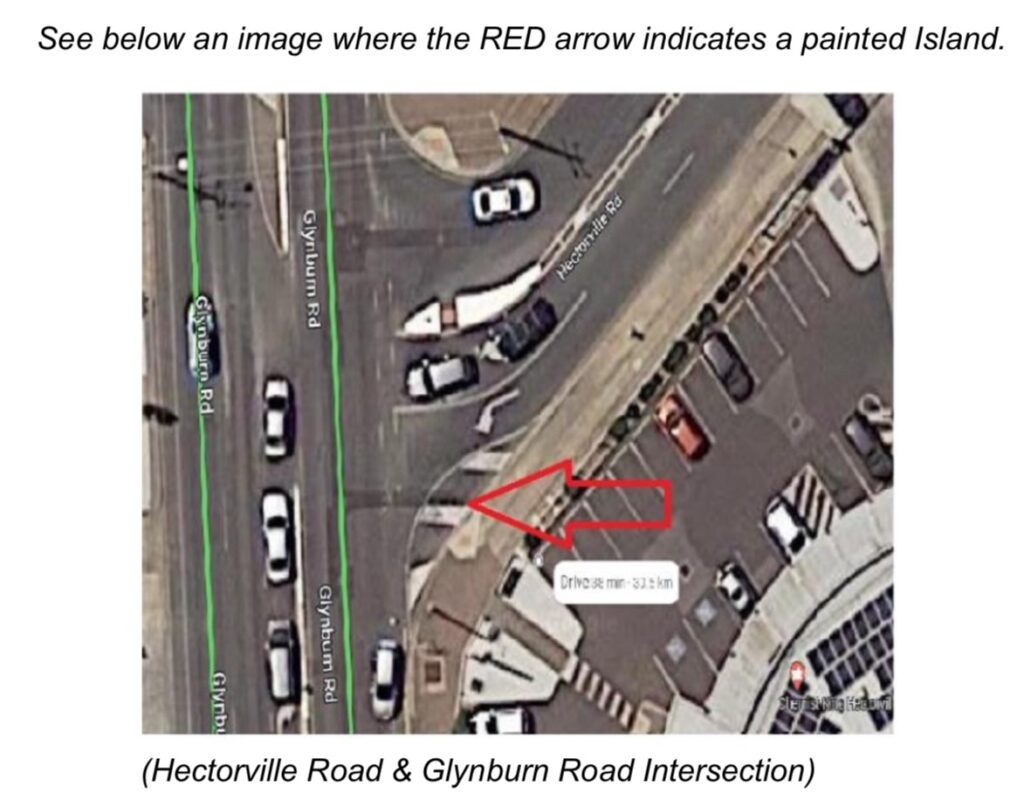
In certain intersections, the terminating road may not intersect perpendicularly with the main road. In such cases, following the curb closely during a left turn might cause the rear wheels to mount the curb. The painted island serves as a guide, allowing drivers to position their vehicles appropriately for a smoother turn. Additionally, if visibility is obstructed by vehicles waiting to turn right, using the painted island can provide a clearer line of sight, enhancing safety and traffic flow.
Key Takeaways for Drivers
• Assess whether it is legal and safe to use the painted island for a left turn.
• Always give way to traffic in adjacent lanes when merging.
• Limit driving on the painted island to the necessary distance (up to 50 meters).
By adhering to these guidelines, drivers can ensure compliance with road rules, avoid penalties during driving tests, and contribute to overall road safety.
References
• Department for Infrastructure and Transport, 2023. Attachment A – Industry Bulletin May 2023. South Australia: Department for Infrastructure and Transport.
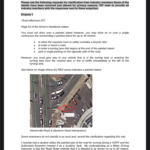
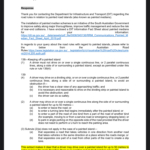
• Australian Road Rules, Rule 138.


